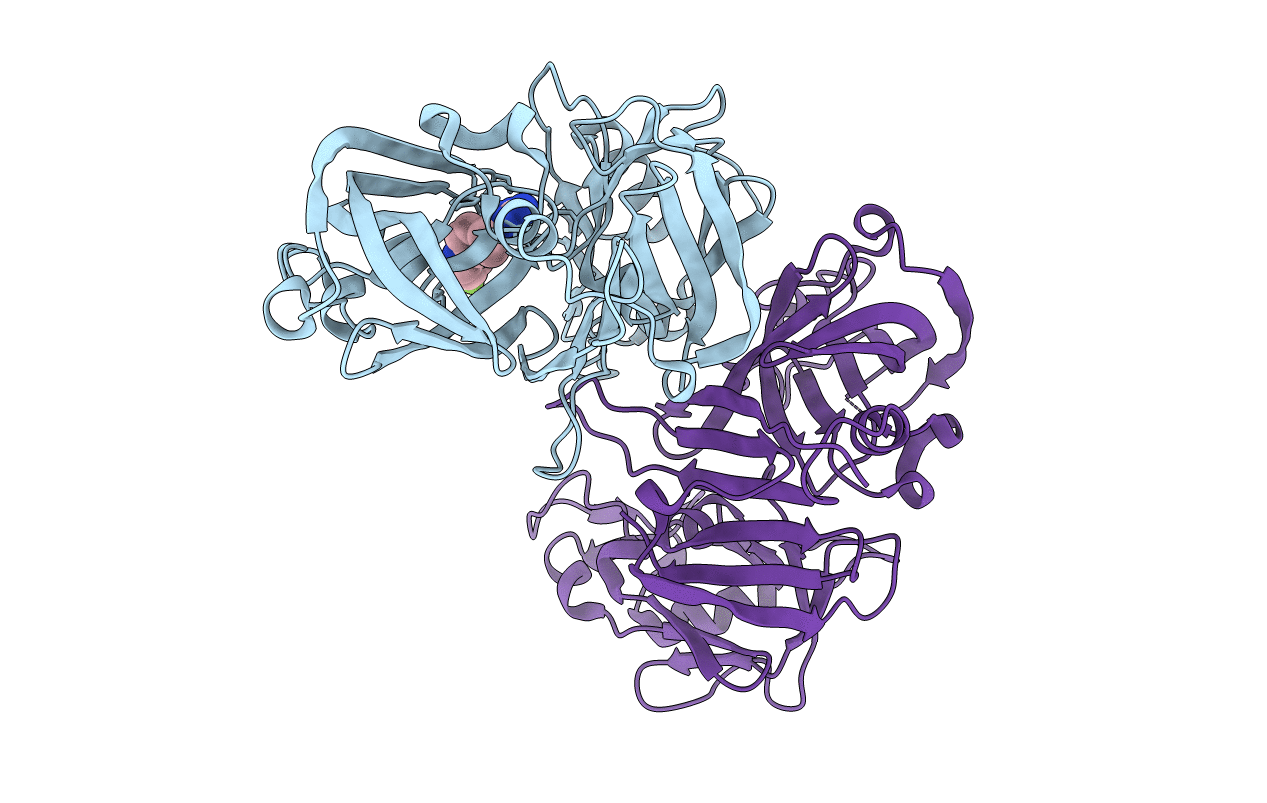
Deposition Date
2006-10-02
Release Date
2006-11-14
Last Version Date
2024-10-30
Method Details:
Experimental Method:
Resolution:
1.90 Å
R-Value Free:
0.22
R-Value Work:
0.19
R-Value Observed:
0.19
Space Group:
P 21 3


